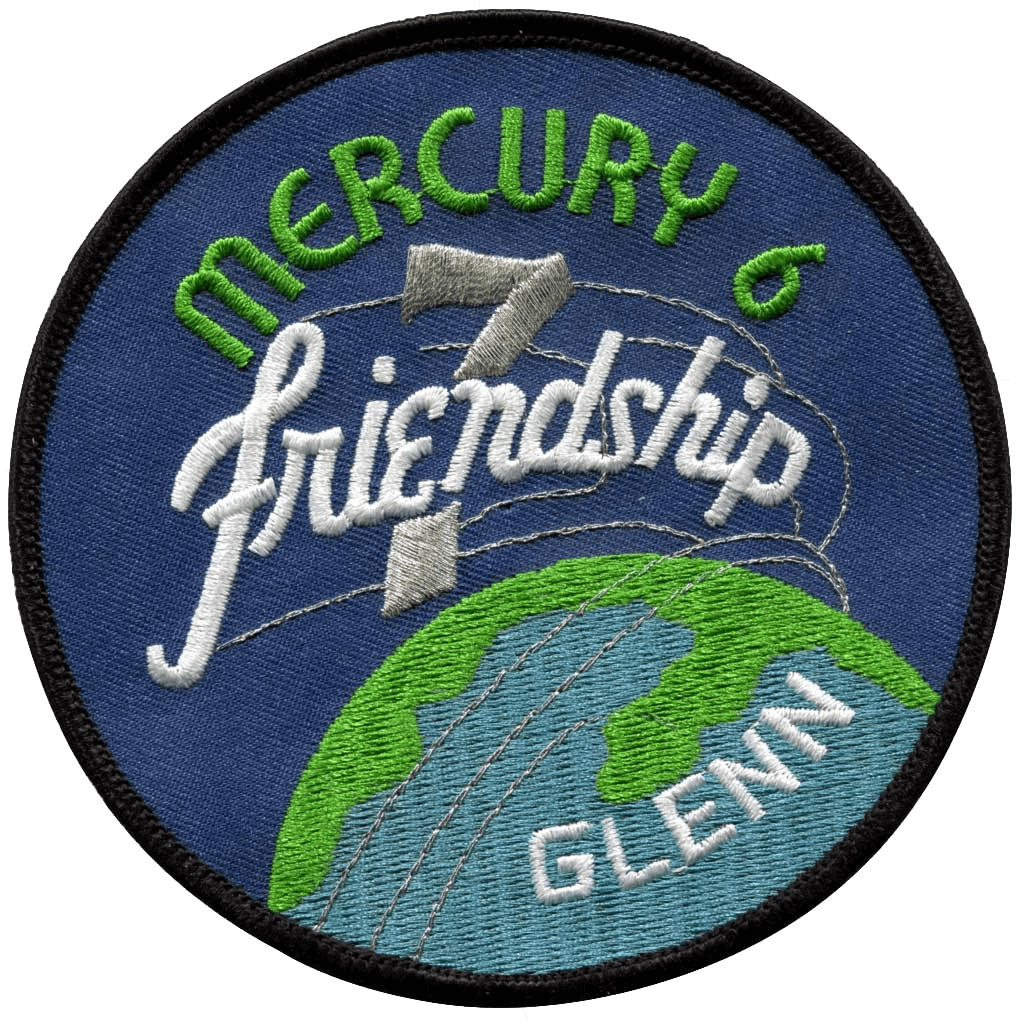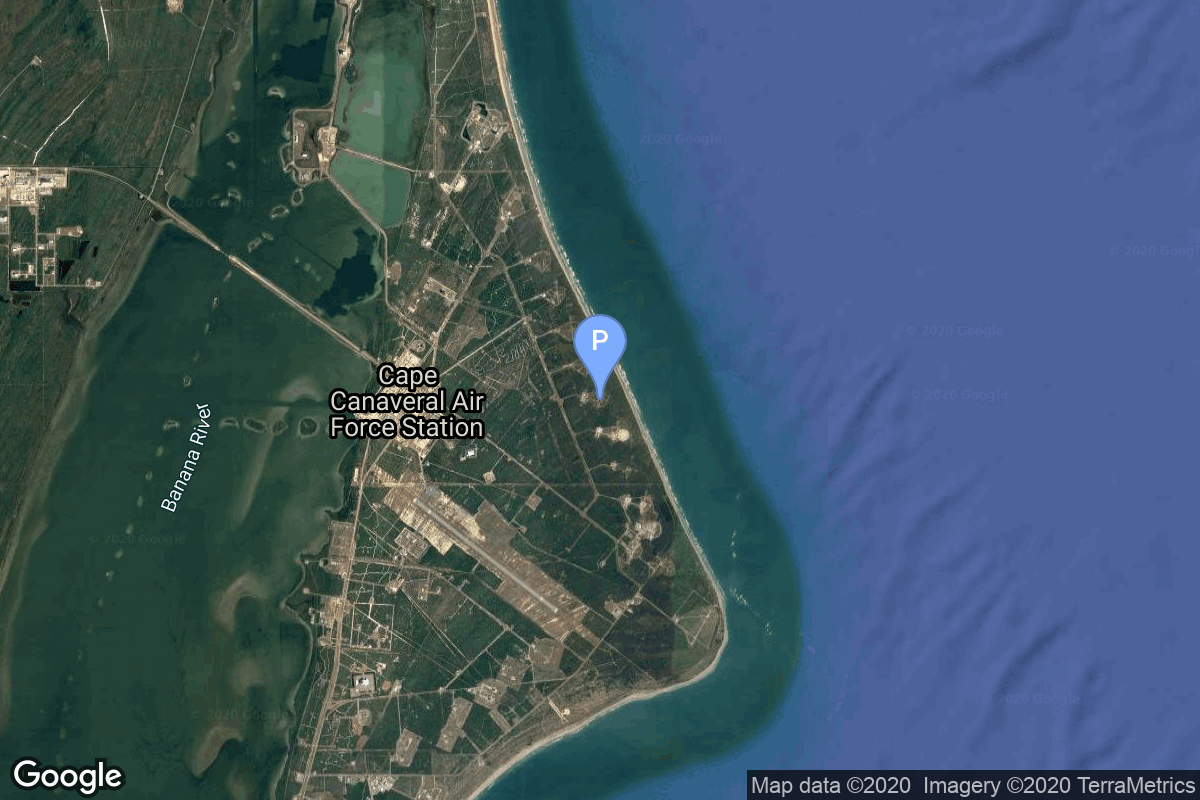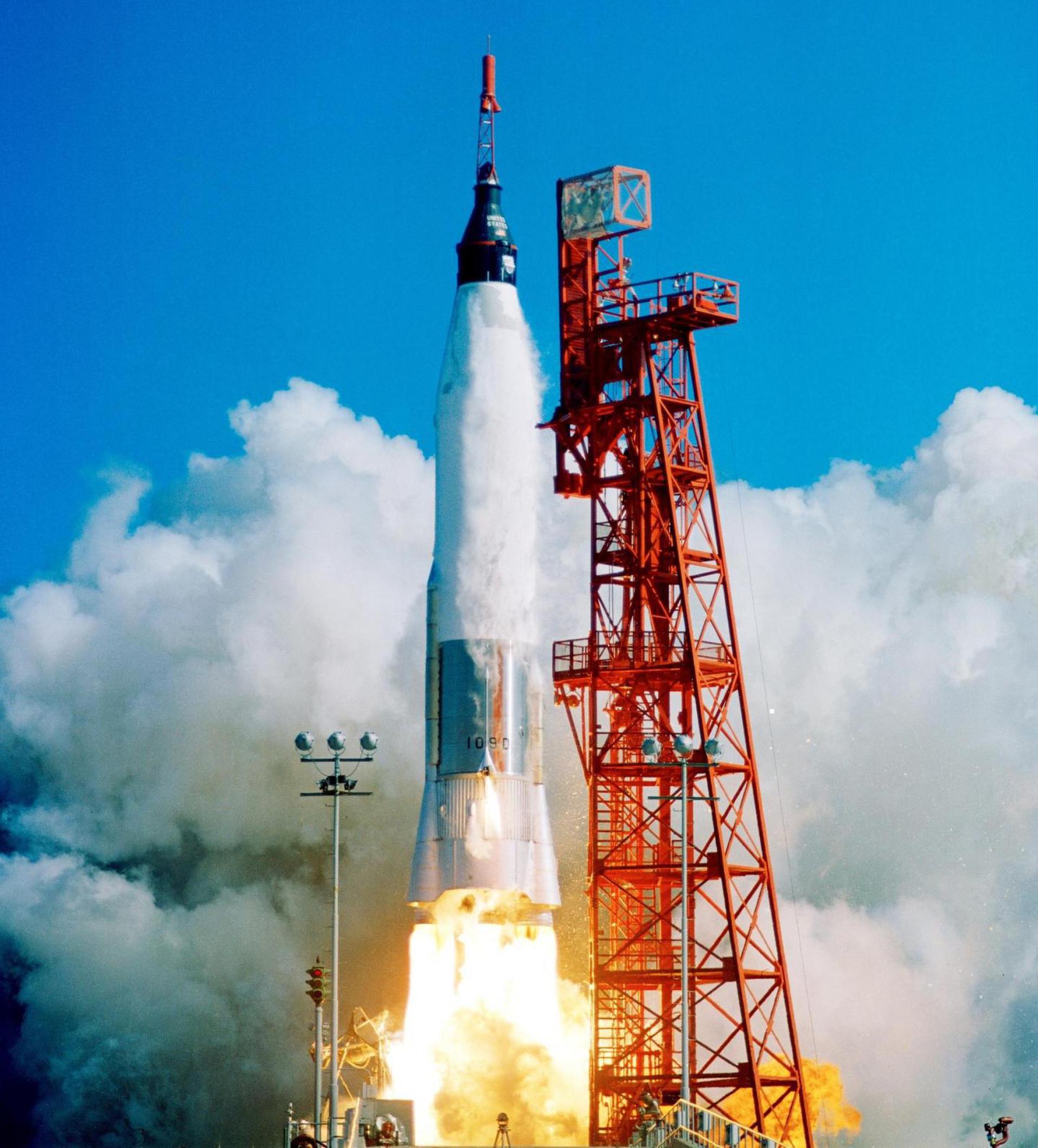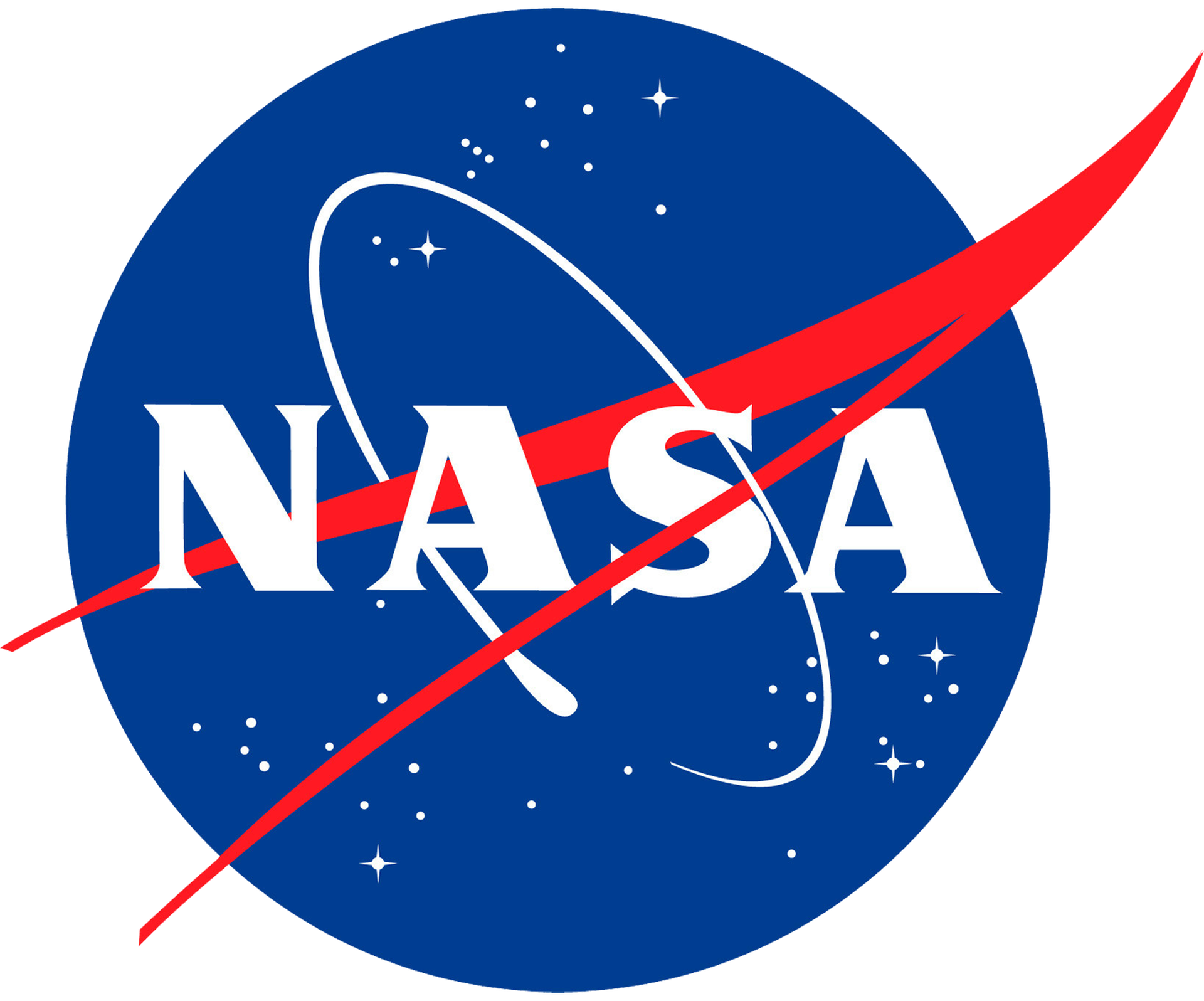Mercury-Atlas 6
Atlas LV-3B
National Aeronautics and Space Administration
Crew
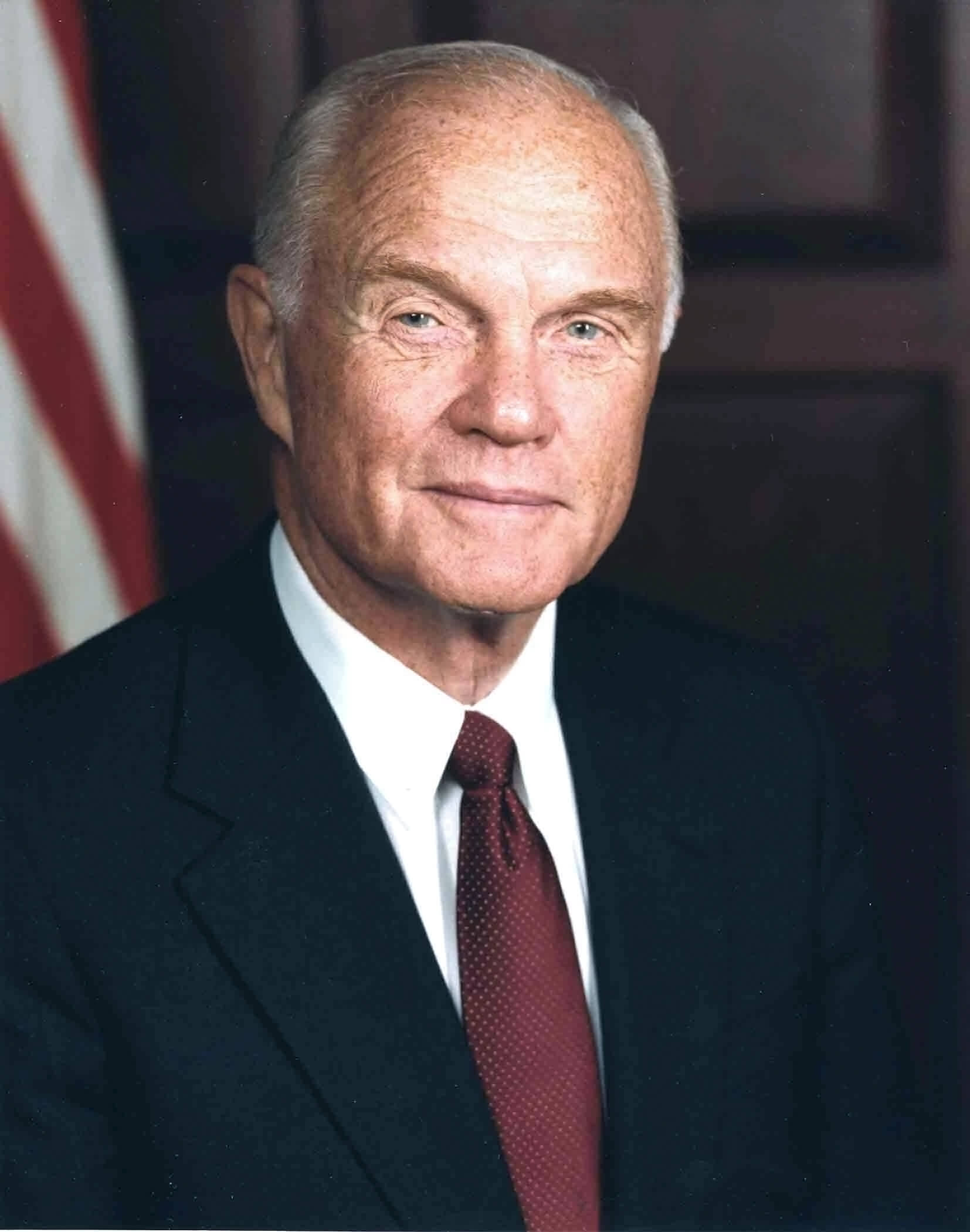
John Glenn
- Birthday: 07/18/1921
- Role: Pilot
- Nationality: American
- First Flight: 02/20/1962
- Last Flight: 10/29/1998
Colonel John Herschel Glenn Jr. was a United States Marine Corps aviator, engineer, astronaut, businessman, and politician. He was the first American to orbit the Earth, circling it three times in 1962. Following his retirement from NASA, he served from 1974 to 1999 as a Democratic United States Senator from Ohio.
Mission
Mercury-Atlas 6
- Type: Human Exploration
- Orbit: Low Earth Orbit
Mercury-Atlas 6 was the third crewed spaceflight for the United States. The spacecraft, named Friendship 7, completed three orbits making John Glenn the first United States astronaut to orbit Earth. The mission lasted for 4 hours, 55 minutes & 23seconds.
Location
Rocket
National Aeronautics and Space Administration Atlas LV-3B
The Atlas LV-3B, Atlas D Mercury Launch Vehicle or Mercury-Atlas Launch Vehicle, was a human-rated expendable launch system used as part of the United States Project Mercury to send astronauts into low Earth orbit. Manufactured by American aircraft manufacturing company Convair, it was derived from the SM-65D Atlas missile, and was a member of the Atlas family of rockets.
Agency
National Aeronautics and Space Administration
The National Aeronautics and Space Administration is an independent agency of the executive branch of the United States federal government responsible for the civilian space program, as well as aeronautics and aerospace research. NASA have many launch facilities but most are inactive. The most commonly used pad will be LC-39B at Kennedy Space Center in Florida.
